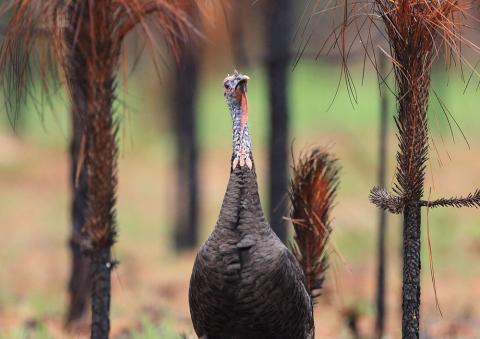Heath Wood
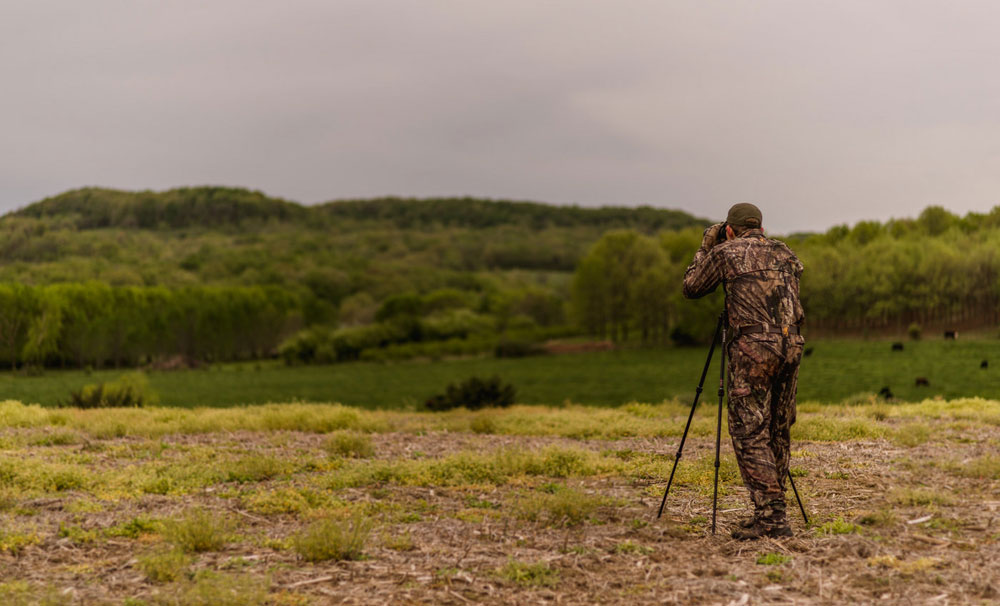
Several years ago, I was fortunate enough to be able to participate in a disabled youth hunt in Rogersville, Missouri. For three years, I helped their local NWTF chapter take young boys and girls who ordinarily wouldn't have had the chance, go on their first turkey hunt.
In Missouri, youth ages 15 and under can hunt during a two-day only youth hunt that is typically a week to 2 weeks before the regular season. Being as youth season was only two days, several volunteers from the NWTF chapter spent many hours before season scouting farms nearby in hopes of giving these special young kids the best chance possible to harvest a spring gobbler.
For numerous weekends before the season, the volunteers could be found waiting at first light to hear the first gobble of the morning. They would continue the morning by listening for a couple of hours and by watching from a distance to see what the birds did on an average daily basis. By the time the season arrived, volunteers had a good idea of where the kids had needed to be when the birds flew down from the roost and where they would typically travel throughout the morning. With the gathered data, we were able to witness several successful hunts with some special kids.
Scouting
I have always been a big believer in putting in a lot of effort by scouting before the season. However, I never have put in the hours like the volunteers from the NWTF did during those hunts until now. Ever since hunting with those kids and seeing the benefits that come from hours of scouting, I too have begun putting more effort into my hunting regimen. Now, when I spend mornings before season listening for gobbles, I will spend at least an hour longer than I did in the past. By staying longer, I can determine factors such as how many toms are in the area, how long they gobble, if they have hens with them, and where they travel throughout the morning.
As the season draws closer, I also find an elevated point on the property that I am hunting, so that I can hear better as well as see farther. I generally wear my Alaska Guide Creations Hybrid Max binocular harness filled with a good pair of binoculars and a couple of different locator calls such as an owl hooter and a crow call. As the morning progresses, gobblers tend to go to their so-called strut zones, which is usually an open area such as a field or food plot. There they will spend an extended time strutting for hens while trying to gain their attention for breeding purposes. These areas make great places to monitor from a distance to determine what all is occurring on a day to day basis, which will help when the season begins—observing the sights and sounds each morning before the season can be a massive tool while scouting for the upcoming season.
It is important to note that I did not mention carrying a turkey call with me in my binocular harness. That is because I choose not to bring any type of call to resist the temptation to call at a gobbling tom. The fastest way to educate a tom is by letting him hear the exact sounds that you will be using when hunting. Let's face it; we all say we are only going to call one time to make him gobble. Then, we want to hear more and more; the next thing we know, he is on his way to you, and the tom either spots you and spooks or comes in looking for the hen only to find nothing. Both will cause a hesitation to go to the same call the next time. To prevent this risk, leave your calls behind as I do.
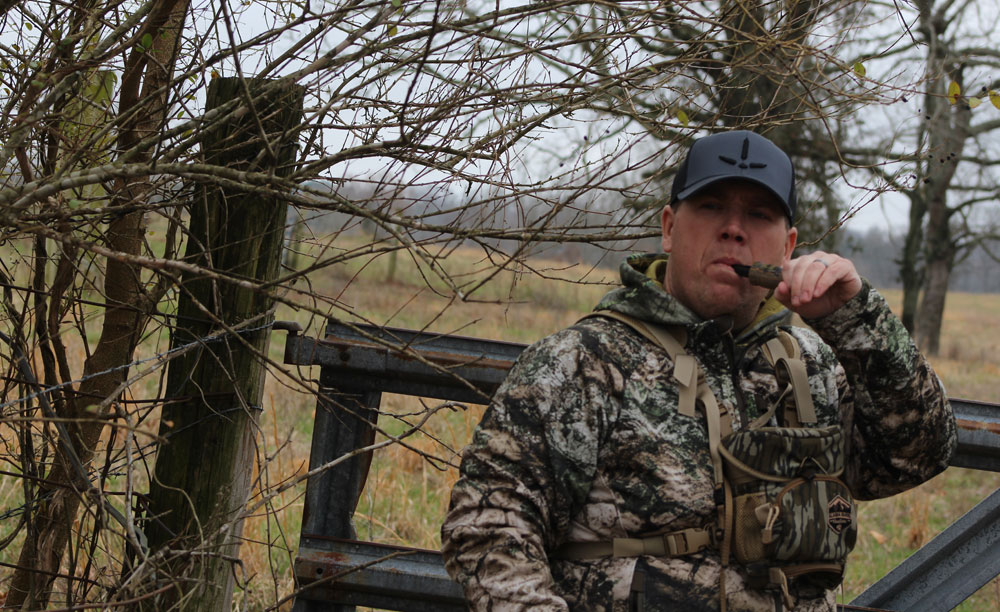
Calling
After the scouting is complete and several gobblers have been located for opening day, it is crucial to take on a few more tasks to assure that you are genuinely ready for the season. The first undertaking is the ability to use a turkey call. Even though you're leaving them at home when you are scouting, that doesn't mean they are of no use at all. Many hunters will say you don't have to sound like a professional to call in turkeys. That is true. However, you do need to sound somewhat like a real turkey to be able to call in hard-to-hunt gobblers. The only way to achieve this is by practicing for an extended period before the season.
I am a true believer that you will call more gobblers into close range if you sound like a real turkey. After I practiced for several years, I was able to sound reasonably decent on a diaphragm call. I am far away from a professional, however I feel like I sound like a hen when I am in the field calling. I always say that one of my favorite ways to call in a gobbler who is "henned up" is by mimicking each sound the hens make. Using this approach seemed to work better when my calling techniques improved. When I started sounding like a real hen, my success rate increased dramatically.
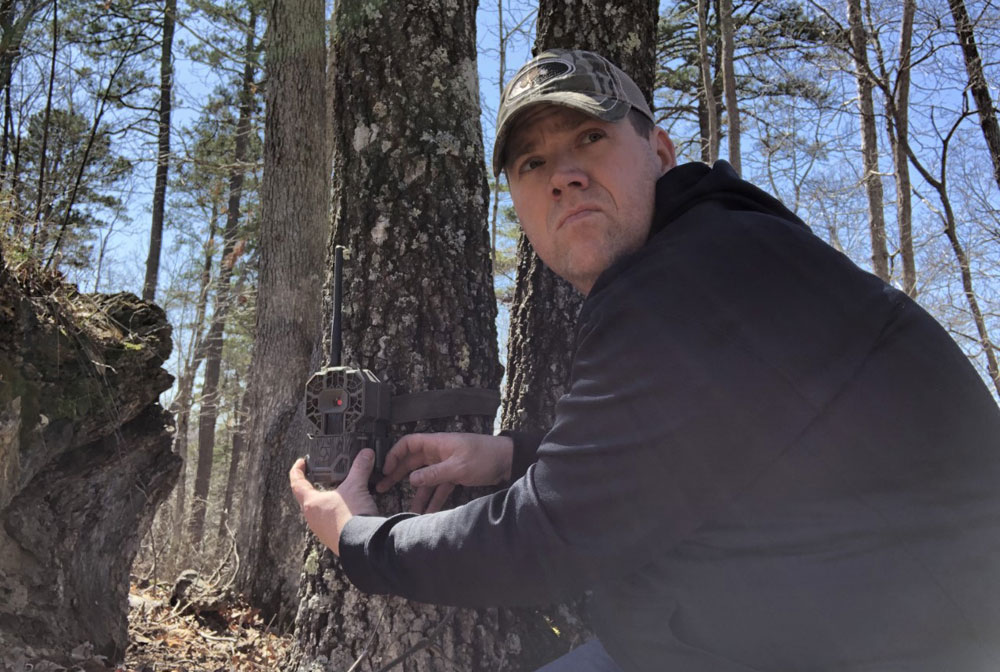
Cameras
Another tactic to utilize before the season to make sure you have the best game plan when opening day arrives is to use a game camera. The use of game cameras are typically in correlation with deer hunters. However, cameras can help the hunter learn where turkeys are hanging out throughout the day, they can help determine which way they travel the most, and the gobbler to hen ratio that is hanging out in your hunting area. For the best results, I place my Stealth Cam DS4K on video mode along the edge of fields, along logging roads, and near water sources such as a creek or a pond. These are all the best locations to catch turkeys during their natural movements throughout the day.
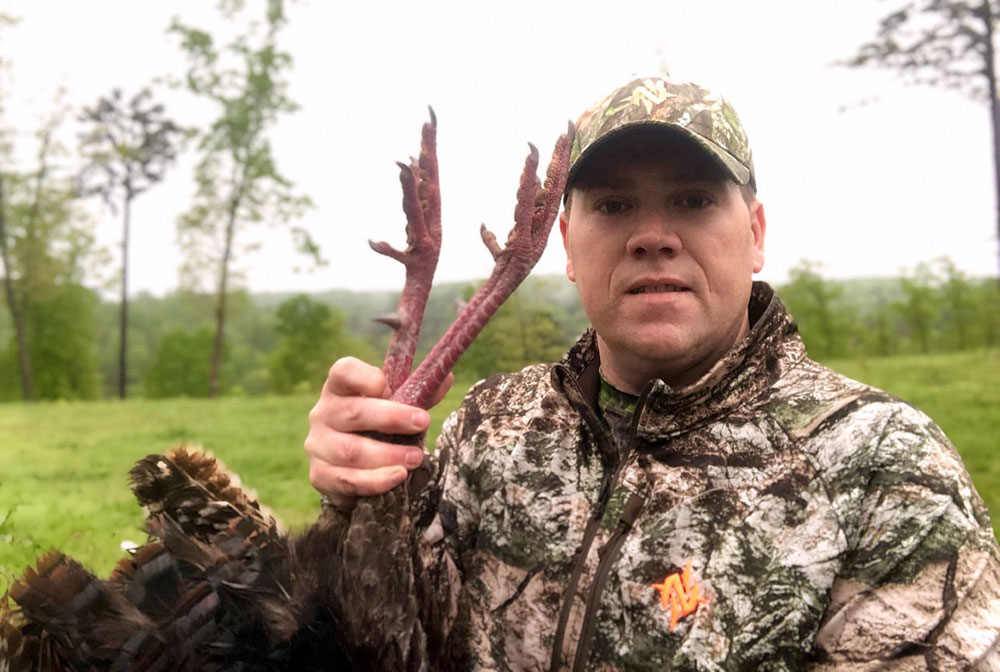
To be a successful turkey hunter year after year, be a good student. The ones who put the most work into their assignment are the ones who usually do the best on a test. Taking the time to scout and listen several mornings prior, as well as practicing on your calling abilities, will combine to increase your skill as a successful turkey hunter for many years to come.
















